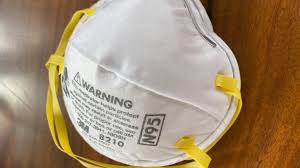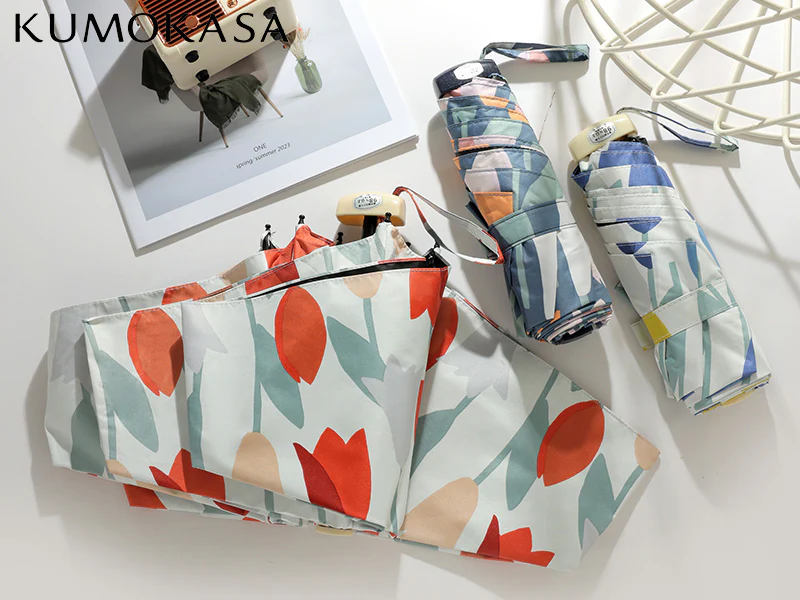Everything You Need to Know About N95 Mask
Healthcare workers wear N95 masks to stay safe when caring for people with infectious diseases like COVID-19. In this blog, we will discuss Everything You Need to Know About N95 Mask.
These masks were designed for single use only. But results from initial studies from the National Institutes of Health (NIH) indicate that masks can be decontaminated and potentially reused up to three times.
The study was led by researchers at the NIH Rocky Mountain Laboratories in Montana, which is part of the National Institute of Allergy and Infectious Diseases (NIAID). To test the safety of the masks, NIAID researchers first exposed them to SARS-CoV-2, the virus that causes COVID-19, and then to various treatments, including ultraviolet light, an alcohol spray, dry heat. and vaporized hydrogen peroxide. They decontaminated each mask three times.
Volunteer laboratory workers tested masks not exposed to the virus but decontaminated through the four treatments separately. Workers wore the masks for two hours to verify that they continued to fit tightly to the face after decontamination.
All the treatments cleared the virus from the masks, but some were better than others.
The study found that hydrogen peroxide treatment was the most effective and that it was able to clear the virus from the mask tissue after 10 minutes of treatment. Hydrogen peroxide treated masks also fit the face and seal it properly, suggesting they could be reused up to three times. Both the UV and heat treated masks showed fit and seal problems after three treatments. This suggests that masks treated with these methods could be reused twice.
Unlike the other methods, the alcohol spray damaged the fit and seal of the mask after just two cleanings. Therefore, the researchers do not recommend using it for N95 masks. They also urge healthcare workers who decontaminate N95 masks to check fit and seal before each new use.
The Centers for Disease Control and Prevention say that the general public should not wear N95 masks because they are critical supplies that should be reserved for healthcare workers. However, they recommend the use of cloth face covers to prevent the spread of COVID-19. To clean fabric covers, machine wash and dry regularly.
With the new corona virus outbreak globally, many people are concerned for their health and safety.
In this publication we will see the difference between the different filtering standards of the most used respirators such as the N95, FFP2 and FFP3.
Masks vs Respirators:
Before continuing, it is important to clarify the technical difference between a “mask” and a “respirator”. In everyday parlance, we often say mask, when we mean what are technically called respirators.
Uses of the masks:
- The masks are loose fitting and cover the nose and mouth.
- The masks are designed to protect in one direction only, that is, they only capture bodily fluids that come out of the wearer.
- For example, masks are used during surgery to avoid coughing, sneezing, etc. on the vulnerable patient.
- Contrary to popular belief, masks are NOT designed to protect the wearer.
Most masks do not have an assigned protection rating (for example: NIOSH or EN)
Uses of respirators:
- Respirators are tight-fitting masks, designed to create a face seal.
- Respirators valve less provide adequate protection in two directions, for both filtered and air entering the air exiting.
- Respirators are designed to protect the user (when used correctly), depending on their filtering rating.
- Available in different presentations: disposable, half face or full face.
N95 vs FFP3 and FFP2
The N95 masks is one of the best known and popularly talked about respirators. It is constituted as an American standard administered by the NIOSH (National Institute for Occupational Safety and Health), which is part of the Center for Disease Control (CDC).
Europe uses two different standards for respirators. The classification of “filtering facepiece” (Spanish translation of the acronym FFP) comes from the EN 149: 2001 standard. On the other hand, the EN 143 standard incorporates the P1 / P2 / P3 classifications.
KN95 vs N95:
Yes. The N95 respirator has the same characteristics as the Chinese KN95 respirator . See document 3M ( link in English ) – Quoting from the document: ” It is reasonable to consider the KN95, AS / NZ P2 of China, 1st class of Korea and DS in Japan as equivalent to respirators NIOSH N95 US respirators.. and to the European FFP2 “
Take into account that:
There is no guarantee that all Chinese KN95 respirators meet the KN95 standard – beware of scams.
Also, be on the lookout for: good sealing around the face / some padding for comfort / tie-down of the straps with adequate strength and tension.
Are N95 respirators better than FFP2 / P3?
Not necessarily, it is important to note that these standards only specify the minimum percentage of particles that the respirator filters. For example, if a mask is FFP2 rated, it will filter out at least 94% of particles that are 0.3 microns in diameter or larger. But in practice, it will filter out between 94% and 99% of the particles. The precise figure for each respirator will be indicated by the manufacturer in the product description.
A good example is the GVS Ellipse respirator, which in the US (link) has a rating of P100 (99.7%), and in Europe (link) it has a rating of P3 (99.95%). In practice, you likely have the same filtering capacity in both regions.



